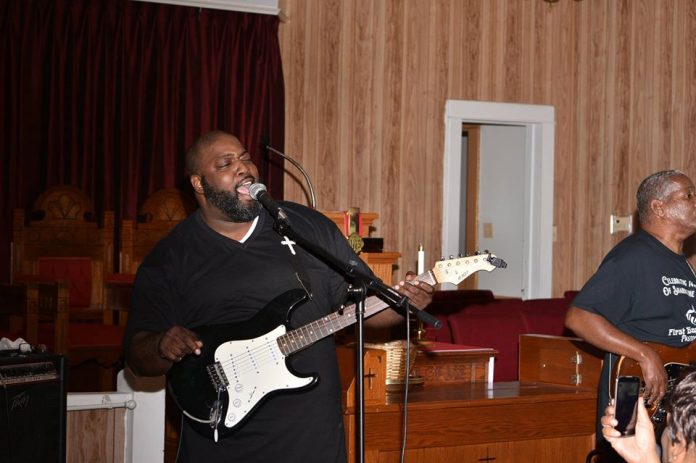Submitted Article
Whether or not you’re familiar with the Oscar-winning “Green Book” and the real-life Jim Crow-era travel guide behind its name, it’s almost guaranteed you’ll know songs that local talent will share as they chronicle the guide’s history.
Friday, Feb. 28, at 7 p.m., in a collaboration of the Eastern Shore of Virginia Historical Society and the Mary N. Smith Alumni Association, more than a dozen Shore vocalists and musicians will share hits from Billie Holiday and Duke Ellington to the Temptations and the Supremes as they help unfold the story of dangers black motorists faced during the perilous mid-1900s.
Performers will include Shenae Cooper-Drummond; Jackie Elmandorf; Sherry Mayes; James Rich; Aja Ruffin; Catrina Satchell; T.J. Smith; Derwin Strand; and a group of Eastern Shore musicians comprising Robert Buckner; Chris English; Ty Savage; Carey Strand; and Michael Teets.






“The Negro Motorist Green-Book” was created in 1936 as the rising black middle class had the financial means and vehicles for travel but faced a nation in which social and legal restrictions barred them from many accommodations. Traveling through “unknown” territory, you could not count on finding a place to stay the night or even get a meal. Victor Green, a black postman who lived in Harlem, addressed this by creating a book that included black-owned or “black-friendly” businesses throughout New York. By 1938, the guide included hotels, restaurants and other vital, black-accessible businesses for all states east of the Mississippi. Eventually, it would cover the nation.
In the 1949 edition of the “Green-Book,” the author wrote, “There will be a day sometime in the near future when this guide will not have to be published. That is when we as a race will have equal opportunities and privileges in the United States. It will be a great day for us to suspend this publication, for then we can go wherever we please, without embarrassment.” The Civil Rights Act passed in 1964. Green had died four years earlier, but his anticipation of a changed society came to fruition, and publication of the “Green-Book” ceased in 1966.
Admission for the Feb. 28 program at the Mary N. Smith Cultural Enrichment Center will be $10 at the door, cash or check only. There will be no advance ticket sales. Proceeds will be shared by the historical society and the center, both nonprofit organizations. The historical society preserves and interprets the history of the Eastern Shore and educates the community about its past, while the Mary N. Smith center seeks to provide a place that fosters an environment where the physical, cultural, educational, and social needs of the community are met. The Mary N. Smith center is located at 24577 Mary N. Smith Road in Accomac. For more about the event, call 757-787-8012, visit www.shorehistory.org/events or go to the historical society’s Facebook page at facebook.com/ESVHS.



